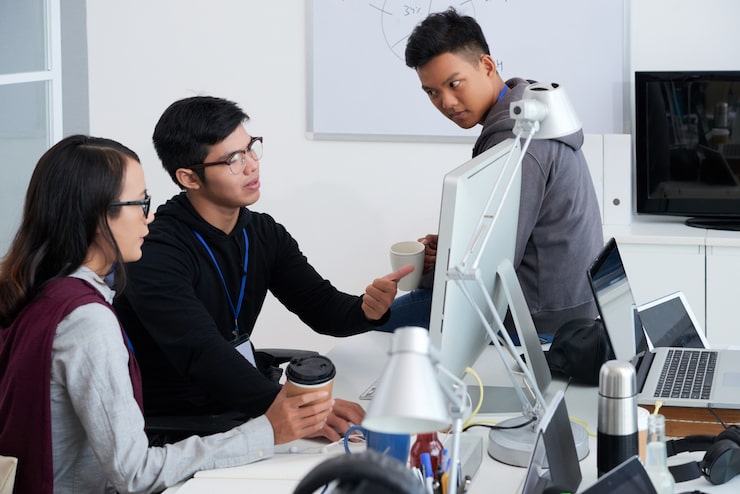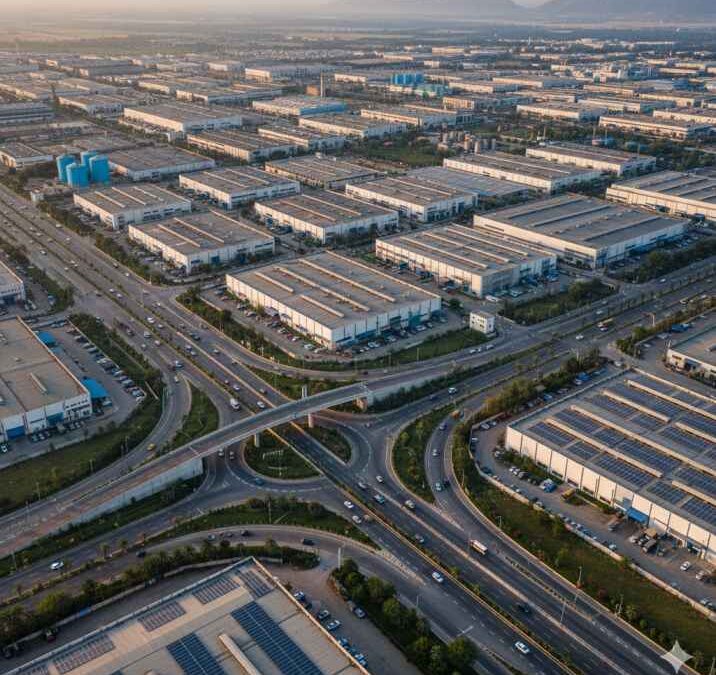Once or twice. In today’s evolving landscape, AI and automation are not mere buzzwords — they are tectonic forces that restructure how labor operates, how talent evolves, and how organizations reorganize. Once or twice a decade, a paradigm shift of this magnitude surfaces. In this article, we’ll dissect how answer ai systems and the notion of best ai humanizer tools influence job roles, talent ecosystems, and institutional strategy.
The Dawn of Autonomous Systems
In sectors as varied as manufacturing, customer support, logistics, and healthcare, autonomous agents and robotic process automation are percolating. The infusion of answer ai models enables systems to respond, predict, and optimize with minimal human intervention. These systems can manage inventory flows, triage support tickets, or propose diagnoses — tasks once considered strictly human territory. Meanwhile, firms explore best ai humanizer techniques to soften machine interactions, making robotic agents more personable, empathetic, or context-aware.
Displacement, Adaptation, and New Opportunities
Historically, waves of mechanization displaced certain crafts but birthed fresh vocations. With AI, the scale is grander. Mundane, repetitive tasks — data entry, document sorting, simple decision trees — are superseded by algorithmic efficiency. Yet new roles arise: AI trainers, ethicists, prompt engineers, explainability analysts, and maintainers of complex automated pipelines. Employees must recalibrate their skills: strategic reasoning, emotional intelligence, creative synthesis, and system oversight.
Organizations that integrate answer ai effectively develop hybrid teams, where humans and machines collaborate. The worker of tomorrow might partner with an AI companion that suggests insights, flags anomalies, or personalizes workflows — aided by best ai humanizer modules so interactions feel intuitive and human-friendly.
How AI Transforms Specific Sectors
Manufacturing & Robotics
On factory floors, robotic arms now adapt dynamically to variations, calibrating grip, motion, and errors in real time. AI systems monitor throughput, predict maintenance needs, and adjust production cadence to demand shifts. In such environments, best ai humanizer interfaces translate robotic feedback into accessible dashboards, allowing human supervisors to interpret machine states in human terms.
Service Industry & Customer Support
Chatbots, virtual agents, and conversational AI have matured. Using answer ai architectures, they can parse nuance, context, and sentiment. But raw AI can feel sterile; here, best ai humanizer algorithms inject warmth, linguistic variations, and empathy. The result: virtual agents that sound less robotic, more companionable. This is crucial for customer satisfaction, retention, and brand perception.
Healthcare & Diagnostics
AI aids radiology, pathology, and predictive patient risk stratification. Systems interpret imagery, flag anomalies, and suggest treatment paths. Yet clinicians require transparent rationales — “why this suggestion?” — which is where answer ai components and humanization layers help present recommendations in digestible language. The best ai humanizer layers ensure patients view machine-derived advice in comforting, comprehensible ways rather than impersonal verdicts.
Challenges, Risks & Ethical Implications
Disparities & Inequities
Automation amplifies existing inequalities. Workers in low-wage sectors may be most vulnerable to displacement. Regions without educational infrastructure may lag behind in transitioning to new augmented roles. To democratize benefits, policymakers, institutions, and corporations must invest in reskilling, retraining, and equitable access to AI tools.
Bias, Transparency & Accountability
AI systems may reflect latent biases from their training data. Without proper governance, they can perpetuate discrimination in hiring, lending, or health decisions. Organizations must embed fairness audits, explainability, and accountability frameworks. Answer ai systems should provide reasoning that humans can critique. Best ai humanizer modules should not obscure explanation behind a façade of friendliness — transparency must remain core.
Human Identity & Psychological Impact
As machines assume more tasks, humans may grapple with existential questions: what defines meaningful work? The cultural significance of craftsmanship, care, and service will shift. Organizations must preserve spaces for human autonomy, creativity, and dignity. Best ai humanizer design should avoid manipulative empathy or artificially persuasive tactics.
Strategies to Thrive Amid AI Disruption
Cultivate Lifelong Learning & Adaptability
Educational systems, firms, and individuals must embrace continuous reskilling. Emphasis should shift toward meta-skills: critical thinking, complex problem solving, creativity, collaboration, and emotional agility.
Embrace Human-Machine Synergies
Rather than viewing AI as replacement, leaders must architect workflows that integrate machines as co-workers. Human oversight, judgment, and context remain indispensable. Pair answer ai modules with human review loops; use best ai humanizer interfaces to facilitate smoother human–AI collaboration.
Governance, Public Policy & Social Safety Nets
Governments should contemplate universal basic income, transition assistance, and regulation to ensure that AI-derived wealth benefits society broadly. Standards for AI ethics, fairness, security, and rights (e.g. data privacy) must be codified.
The Road Ahead: What to Expect
In forthcoming decades, the velocity of innovation will accelerate. AI models will become more general, capable of transferring knowledge across domains. Automation will permeate even creative, strategic functions. Yet humans will remain pivotal — in oversight, values alignment, ethics, and social context. The differentiator will be how organizations adopt answer ai responsibly, layering in best ai humanizer solutions to render systems legible, humane, and trustworthy.
In conclusion, the fusion of AI and automation marks a profound transformation of the workforce. Stakeholders must jointly engineer a future where technology augments, not diminishes, human dignity. The success lies in deploying answer ai thoughtfully, instilling transparency, and using best ai humanizer designs to create collaborative, humane systems.







0 Comments